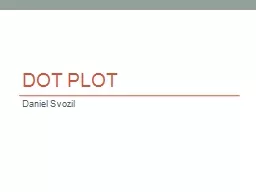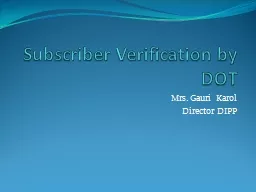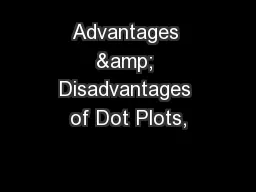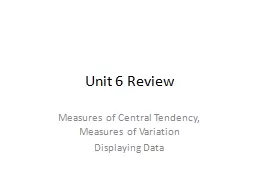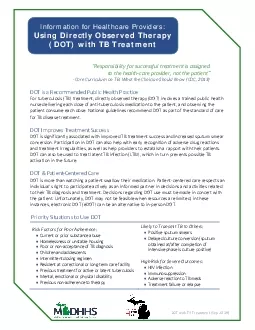PPT-Dot plot
Author : tawny-fly | Published Date : 2017-04-30
Daniel Svozil Software choice source Bioinformatics for Dummies Dotlet Learn by example use the sequence from the Repeated domains In this case the darker the
Presentation Embed Code
Download Presentation
Download Presentation The PPT/PDF document "Dot plot" is the property of its rightful owner. Permission is granted to download and print the materials on this website for personal, non-commercial use only, and to display it on your personal computer provided you do not modify the materials and that you retain all copyright notices contained in the materials. By downloading content from our website, you accept the terms of this agreement.
Dot plot: Transcript
Download Rules Of Document
"Dot plot"The content belongs to its owner. You may download and print it for personal use, without modification, and keep all copyright notices. By downloading, you agree to these terms.
Related Documents

